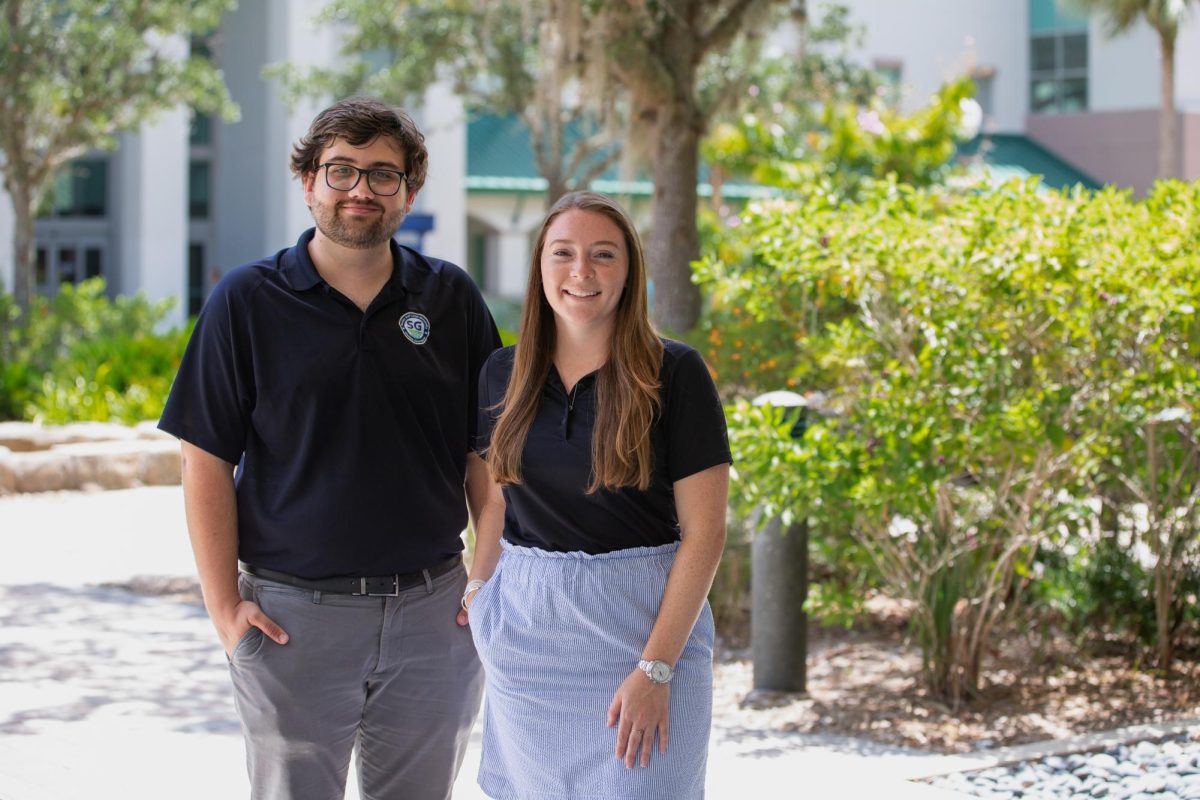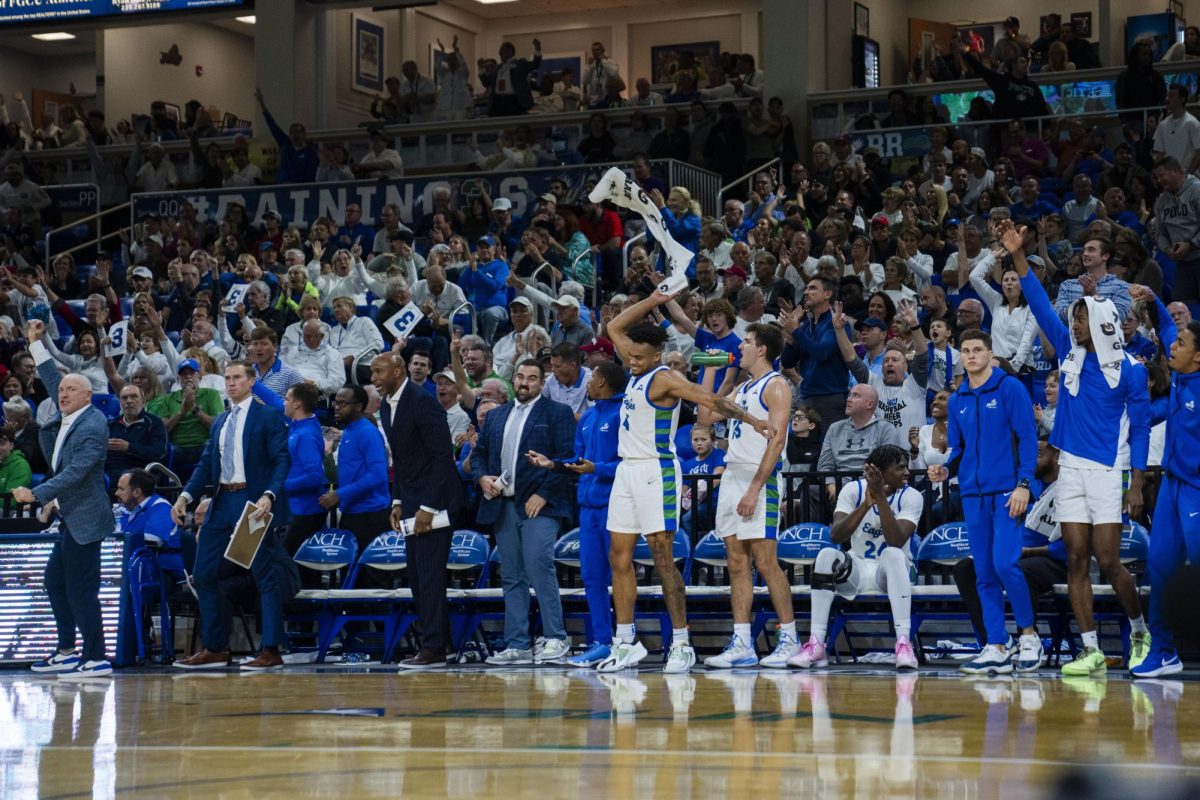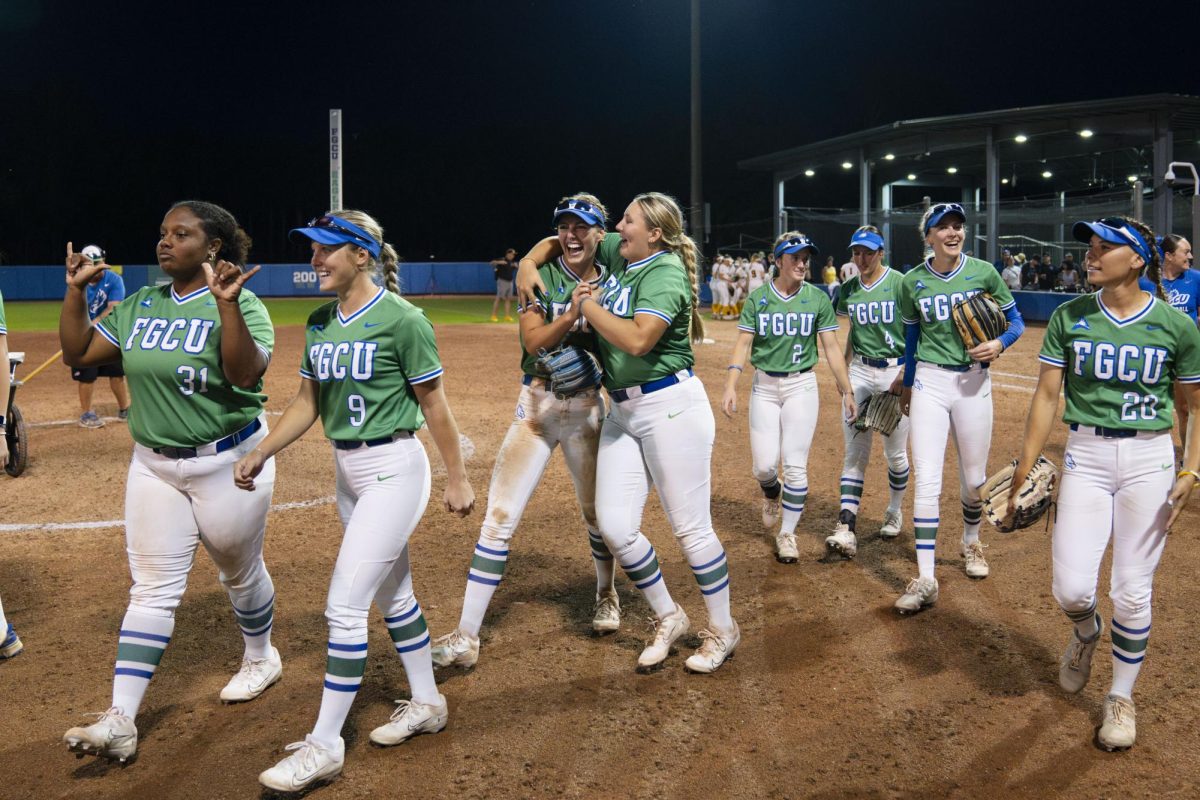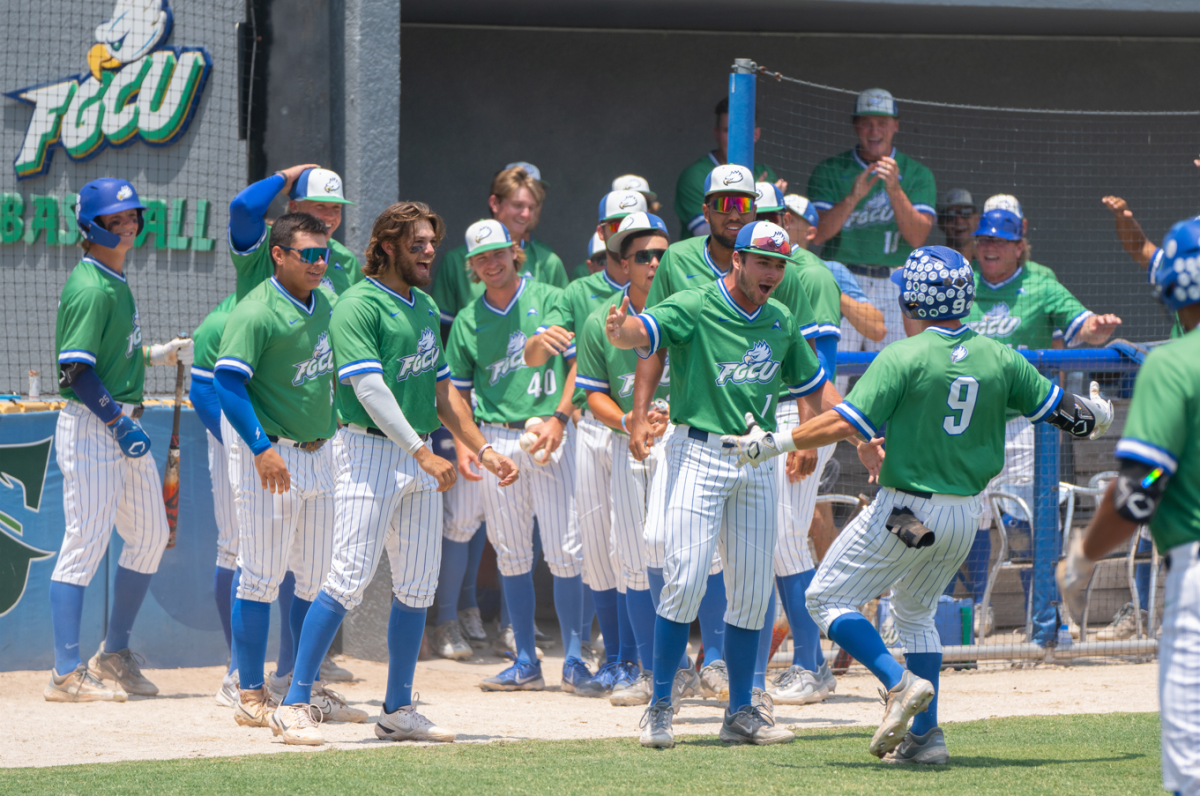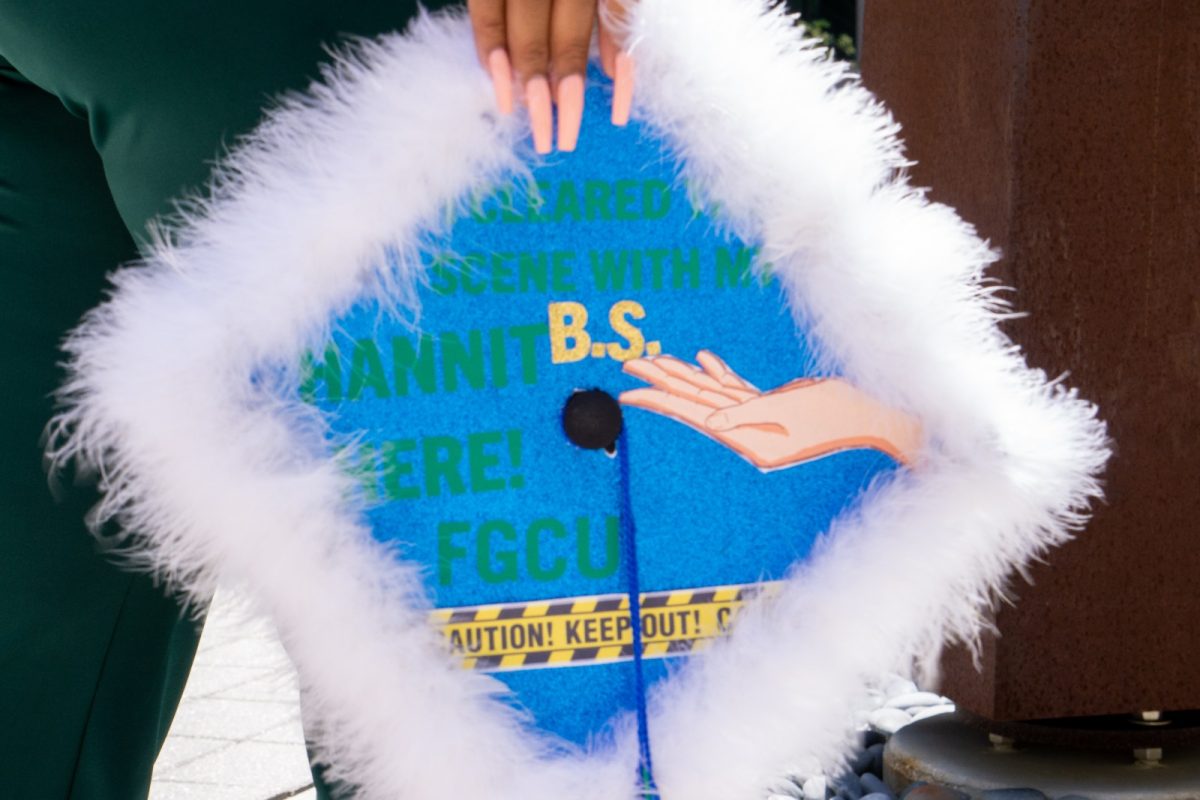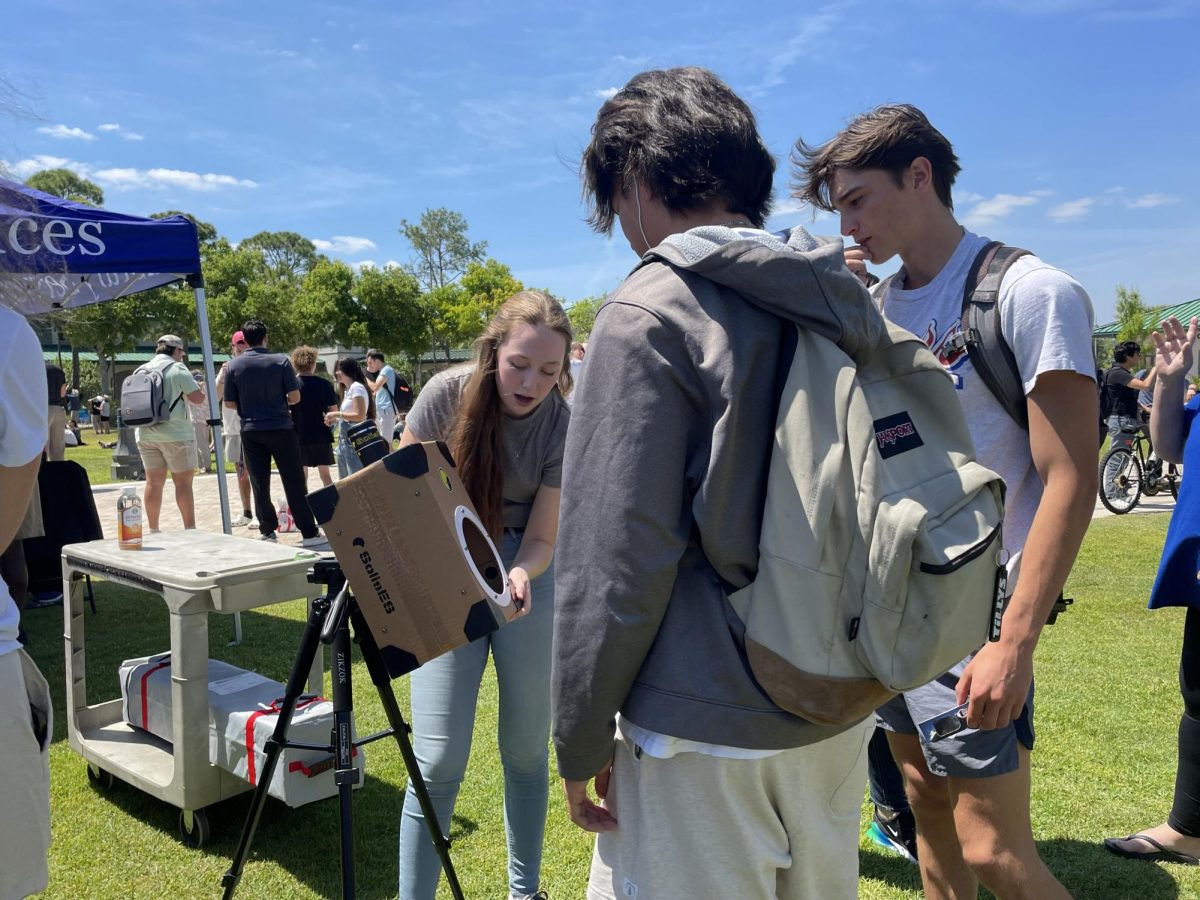By Blake Bowen
Contributing Writer
Courtney Satkoski, a professor a Florida Gulf Coast University, and her team at Hunting for a Cure keep small pictures of the boys affected by Hunter Syndrome in various places, to have a constant reminder of their “why” – which is fighting to save the lives of these boys.
“It’s just a reminder of why we do the work we do when things get stressful,” Satkoski said.
With numerous events during the semester, they work long hours with minimal resources, sometimes doing thankless jobs for no pay, and they’re not alone. There are more than 1.5 million non-profit organizations in the United States, according to the National Center for Charitable Statistics, and most face their own unique challenges.
Satkoski said almost every organization, including her own, fights a constant battle to keep momentum; keeping the programs going up and running can be difficult when you’re asking people to volunteer their time.
“As a non-profit, you’re asking people to donate their time, their connections, their networks, resources and their money; I think naturally people kind of tire out,” Satkoski said. “It’s time and financially laborious, and I think the hardest part for any non-profit is keeping the ‘why’ at the forefront.”
Hunting for a Cure designs special events that are custom designed for the boys, allowing the team to form relationships with the families that they’re working for, something Satkoski makes the organization different and helps the volunteers get a sense of why they’re working to fund the cure.
“We certainly assist in massive fundraising efforts, but we always do these weekends,” Satkoski said. “It allows us to form some intimate relationships with the families. For the families, we feel the void of assisting with fundraising, and provide these weekends where the families can take off the mask and relax to enjoy together.”
Exposed to service in graduate school when working on a project in Immokalee, and later on a malaria project, Satkoski said her mindset began to change.
“I started to understand that not all solutions were black and white, and neither were the problems,” Satkoski said.
When he was young, Satkoski’s son Crew was in the hospital with Necrotizing Enterocolitis, a condition in which part of an infant’s bowel dies, fighting for his life. He was lucky; he recovered and came home. But, according to Satkoski, that is when she truly understood the effects of service.
“To see all of the people that stepped up, complete strangers, for my family and the other 11 in the ICU, it was incredibly humbling,” Satkoski said. “You don’t notice the invisible army until you’re a recipient; and then you can’t un-notice them.”
Teaching Foundations of Civic Engagement at FGCU, a course required for students in the College of Arts and Sciences, for 13 years, Satkoski is pleased to see how service has been integrated into the curriculum.
“There’s a good quote from one of our past president Wilson Bradshaw that ‘service is the DNA of our university,’” Satkoski said. “I really believe that over the past 22 years we’ve gone from saying service is good and checking a box to service is something that is highly integrated in courses. We’ve imbedded it where it makes sense academically, but also has become who we are.”
Knowing it’s a required course, Satkoski tries to show students the personal, academic and professional benefits of service, and hopes that students through her class become more aware of the needs of their community.
“I think service exposes students to the suffering, obstacles and underserved population is our community,” Satkoski said. “It also gives students these amazing transferable skills; you have to have all of these years of experience to get entry-level jobs and working on these projects provides students with a practical list of skills.
In 2016, Hunting for a Cure started as a project in one of her courses. After hearing about the rare disease, Satkoski became interested in the initiative and became one of the founders of the organization. Their growth is nothing short of remarkable, according to Satkoski.
“It’s overwhelming, beautiful and humbling. In January 2016, HFaC was a project; that’s it. It was an idea that grew because I knew it had to,” Satkoski said. “Today, we are amongst the largest non-profits advocating, fundraising and educating on behalf of patients. It shows any idea can become a movement.”
Hunting for a Cure is a non-profit organization that is working to fundraise the money needed to ‘Fund the Cure’ for Hunter’s Syndrome, a terminal genetic disorder that reduces the body’s ability to break down sugar. The organization is working to help fundraise $2.5 million to fund clinical trials.
The enzyme replacement that is being used to treat many patients with Hunter’s Syndrome, it cannot cross the blood-brain barrier and is unable to prevent cognitive regression. Without a cure, most patients will not see their teenage years. Less than 500 boys in the United States, and 2,000 worldwide, have the disease, providing limited access to care and research for a cure.
A group of researchers at Nationwide Children’s Hospital in Columbus, Ohio believe they discovered a cure for Hunter Syndrome. This gene therapy is the most promising cure; once funded, the clinical trials could begin as soon as January 2020.
Because of their work, Hunting for a Cure has been featured on TV, in magazines, newspapers, and has presented at state and national conferences where they’ve earned more than a dozen awards.
To get involved and join the movement to “Fund the Cure,” you can visit the organizations website, or follow the organization on Instagram for daily information. The group also meets weekly on campus.
You don’t have to be affected, or know someone affected, to volunteer. The organization prides themselves on teaching new team members about the disease and showing them how to affectively advocate on behalf of the patients.
“There is always a place for someone to contribute to any cause; anyone can gift their time to our cause,” Satkoski said. “I wasn’t personally affected by Hunter Syndrome, but it has become my life’s work; I find it noble when someone gives their all to something that doesn’t affect them.”
This mindset is how Satkoski continues to motivate not only her organization, but her classes as well, in hopes that students will see the value of service and get something out of doing it.
“I think we have to focus more on creating a kinder society, and I think service does that,” Satkoski said. “Even if someone comes in and goes away saying service isn’t their thing, they’re still going to walk away having learned about our community and prepared for a world that isn’t always fair.”
Hunting for a Cure Focuses on its ‘Why’ to keep Momentum
December 26, 2019
Story continues below advertisement


